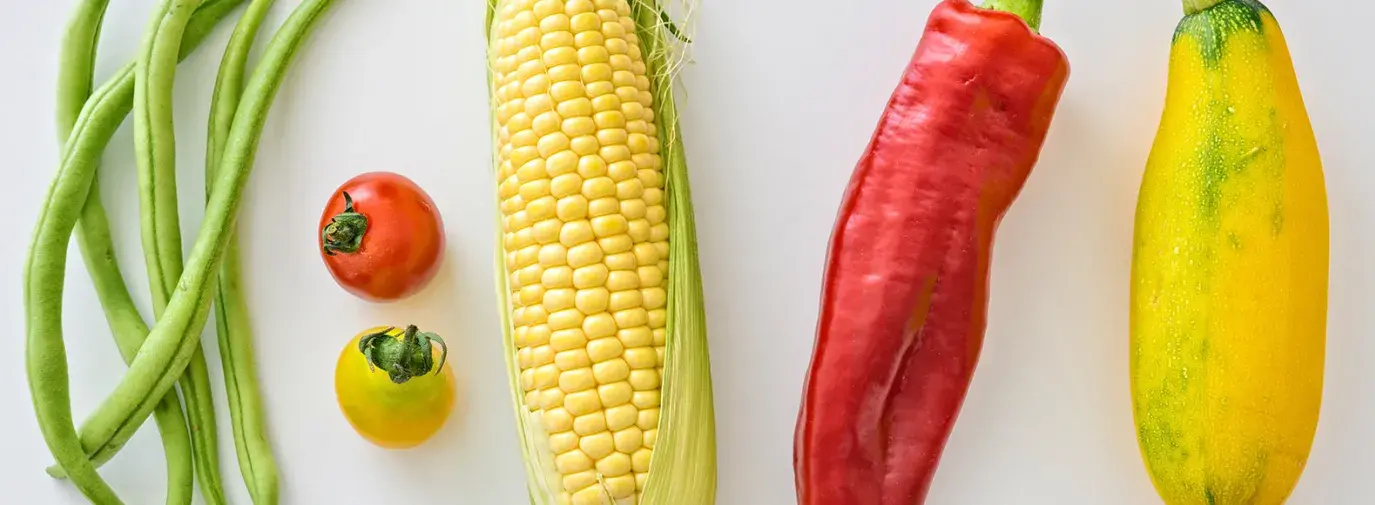
It can be hard to eat organic food on a budget. But we have some tips on how to prioritize the foods least contaminated by pesticides, increase your access to healthy, organic foods, and even build community along the way.
Organic or Conventional?
If you’re on a tight budget, prioritize buying organic versions of produce that’s normally the most contaminated or genetically engineered.
Safe to Buy Non-Organic (least contaminated by pesticides after washing)
- Avocados
- Pineapples
- Cabbage
- Sweet Peas (frozen)
- Onions
- Asparagus
- Kiwi
- Eggplant
- Grapefruit
- Cantaloupe
- Cauliflower
- Sweet Potatoes
Always buy organic (most contaminated and/or genetically modified)
- Apples
- Peaches
- Nectarines
- Strawberries
- Grapes
- Celery
- Spinach
- Sweet Bell Peppers
- Cucumbers
- Cherry Tomatoes
- Snap Peas (imported)
- Potatoes
- Hot Peppers
- Kale/Collard Greens
- Papaya*
- Sweet Corn*
* A small amount of sweet corn, papaya and summer squash sold in the United States is produced from GE seedstock. Buy organic varieties of these crops if you want to avoid GE produce.
Sources: GMOInside.org and Environmental Working Group’s ‘Dirty Dozen Plus’ and ‘Clean Fifteen’
If You Have More Time Than Money…
Reduce Your Processed Food And Restaurant Purchases
Processed food is often more expensive and less healthy than whole foods. Use the money you save by avoiding processed food and expensive restaurant food to buy more organic items.
Grow Your Own Food
It’s not only fun, but it can save money, cut pesticides, and reduce carbon emissions compared to store-bought vegetables. Can some of your produce for the winter months; our article, “Think Globally, Can Locally” can help.
Volunteer At A Local Food Co-op
Many allow members to volunteer a few times a month in exchange for a discount.
Arrange a CSA Workshare
If you belong to a Community Supported Agriculture (CSA) arrangement with a local farmer, ask the farmer if you can exchange some work hours for a discount on your weekly share of produce.
If You Have More Money Than Time…
Join A CSA
You can save up to 40 percent on in-season and organic (or close-to-it) produce over buying it from the grocery store by joining a Community Supported Agriculture (CSA) arrangement, according to DailyFinance.com. (find a sustainable CSA at localharvest.org and eatwellguide.org)
Consider An Organic Delivery Service
You’ll save time and gas money, and since the service delivers groceries to many households in one trip, you’ll save on climate emissions, too.
If You’re Broke And Busy…
Buy Organic Wisely
Use our “Organic or Conventional?” list above to focus your organic grocery purchases on the types of produce most likely to be contaminated by pesticides or genetically modified.
Eat less meat
Better yet, go vegetarian or vegan! Author John Robbins notes that eating a plant-based diet typically costs 25 percent less than a meat-eater’s diet.
Avoid fast food
While it might seem inexpensive, the impact of fast food on your health—and future health-care costs—can be catastrophic due to its high content of salt, sugar, and fat.
Forego bottled water
Say goodbye to wasteful, single-use bottled water and save $1,400 a year.
Buy in bulk and on sale
Green American Mark Landers buys organic food by the case, which gets him a ten percent discount at his local store. And member Victoria A buys organic produce like blueberries whenever it's on sale and freezes it in single-serving portions for quick thawing later. Read our latest article on buying in bulk.







